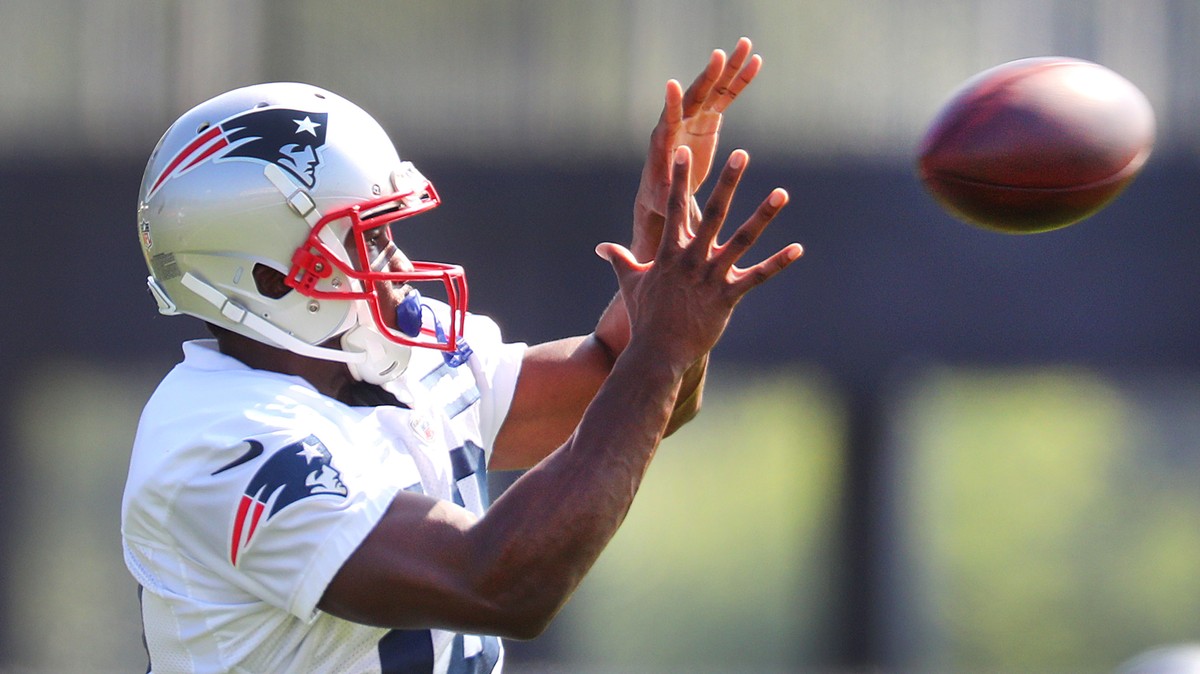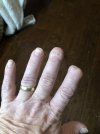watchnerd
Level 8 Valued Member
TLDR:
If your ring finger is substantially longer than your index finger, you have more genetic athletic potential.
If not....
Luckily, the health benefits of exercise don't care about how gifted you are:
Look at your fingers. Which is longer? Is it the index finger (the finger you use to point with— technically the second digit, or 2D, counting the thumb), or the ring finger (the fourth digit, or 4D)?
The relative length of the index and ring fingers is known as the digit ratio or the 2D:4D. For example, if your index finger is 2.9 inches (or 7.4 cm) long, and your ring finger is 3.1 inches (or 7.9 cm) long, your digit ratio is 0.935 (i.e., 2.9/3.1 or 7.4/7.9). Men typically have lower digit ratios (the ring finger in males is typically longer than the index finger) than females (the fingers are about the same length in females). The ratio does not change much with age.
In general, those with lower digit ratios—that is, those whose ring fingers are relatively longer than their pointers—are more likely to perform better across a very wide range of sports and athletic events. This was first illustrated in a detailed study of English professional football (soccer) players.


